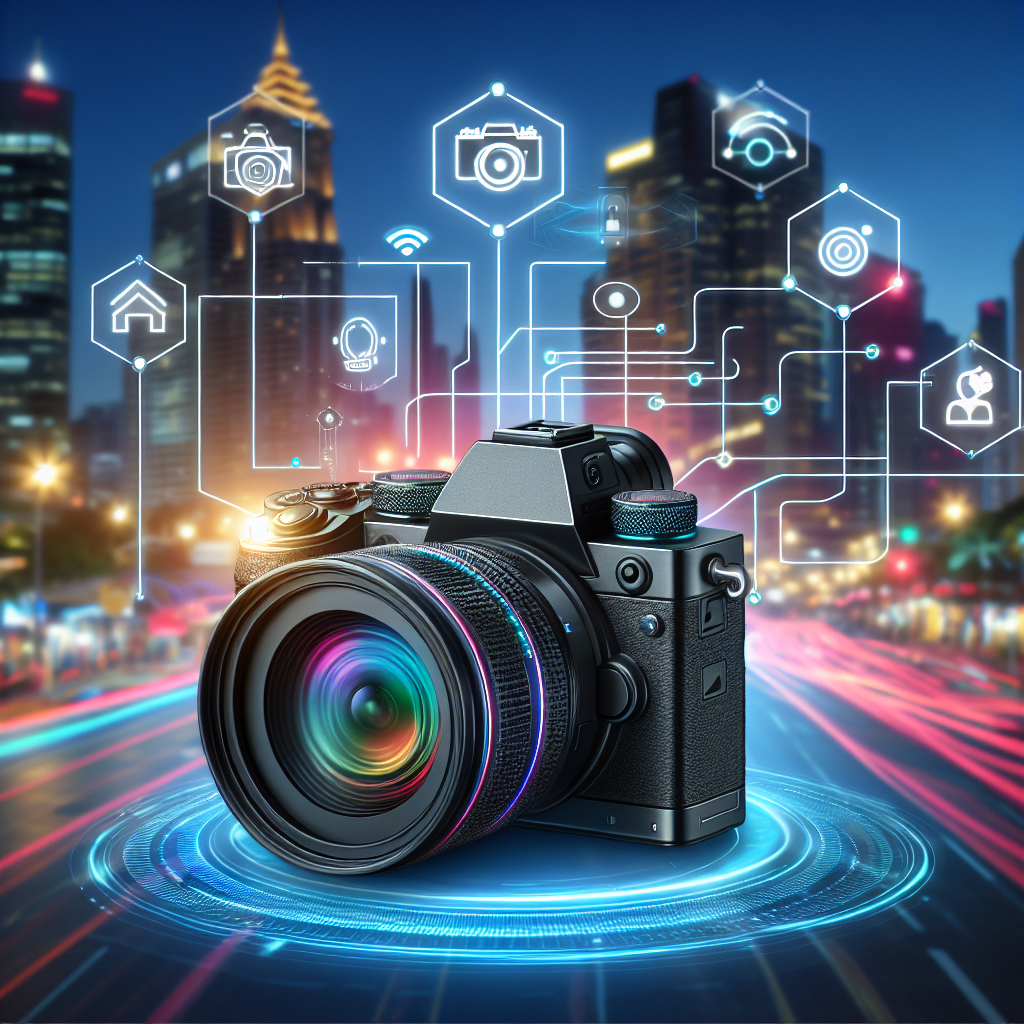In recent years, artificial intelligence (AI) has transformed various sectors, and photography is no exception. AI cameras, featuring cutting-edge technologies, empower both amateur and professional photographers to capture breathtaking images with unmatched ease and precision. This article delves into the groundbreaking attributes of AI cameras, from enhanced autofocus systems to sophisticated scene recognition, redefining our approach to capturing the world.
1. Smart Autofocus Systems
The era of manual focusing and waiting for the ideal shot is behind us. Today’s AI cameras boast smart autofocus systems that utilize machine learning to quickly identify and lock onto subjects. These systems can recognize human faces, animals, and other subjects within a frame, ensuring that the key elements are sharp and perfectly focused.
Dual Pixel & Eye Tracking
Many modern cameras feature dual-pixel autofocus for superior tracking of moving subjects. Eye-tracking technology takes this further by automatically focusing on the subject’s eyes, which is especially advantageous for portrait photography. This ensures that the eyes are in sharp focus, captivating viewers and enhancing the emotional resonance of the image.
2. Scene Recognition
One of the most impressive innovations in AI cameras is scene recognition. These systems evaluate the composition of a shot in real time and automatically adjust settings—such as exposure, white balance, and ISO—to optimize image quality. For instance, an AI camera can differentiate between a sunset, a portrait, or a landscape, adjusting settings accordingly to enhance each scene without any manual input.
Immediate Adjustments
Real-time adjustments allow photographers to concentrate more on composition rather than technical settings. Whether capturing a vibrant cityscape or a tranquil nature scene, scene recognition ensures immediate optimization, resulting in superior outcomes with minimal effort.
3. Computational Photography
AI plays a critical role in computational photography, applying algorithms to enhance images post-capture. Features like HDR (High Dynamic Range), night mode, and portrait mode depend on complex calculations to highlight details in both shadows and highlights, creating images that are more balanced and lifelike.
Innovations in Night Mode
Night mode exemplifies this; it combines multiple exposures captured in rapid succession to minimize noise and enhance detail in low-light conditions. AI algorithms analyze the best parts of each image, merging them into a final photograph that showcases clarity and depth, even in difficult lighting.
4. Portrait Enhancements
AI cameras come equipped with features designed to improve portraits, such as background blur (bokeh effects), skin tone smoothing, and automatic lighting adjustments. These capabilities can significantly simplify the editing process or even eliminate the need for post-processing. The option to switch between various bokeh styles allows photographers to easily tailor the aesthetic quality of their portraits.
5. Advanced Video Features
With the growth of video content creation, AI cameras are also elevating video capture. Features such as subject tracking, stabilization, and facial recognition not only enhance video quality but also streamline the shooting process. This is particularly beneficial for vloggers and filmmakers aiming to capture engaging content without getting bogged down in technical complexities.
4K and Beyond
Many AI cameras now support recording in 4K and even 8K resolutions, providing filmmakers with abundant options for high-quality projects. As AI technology continues to advance video processing, we can anticipate even greater enhancements in editing capabilities and scene transitions.
6. Future Trends in AI Cameras
As technology progresses, the features of AI cameras are set to evolve further. Future advancements may include more sophisticated machine learning algorithms capable of recognizing intricate scenes and improving predictive autofocus systems. Additionally, the integration of augmented reality (AR) into photography could unlock even more creative opportunities.
Conclusion
AI cameras are transforming the photography landscape, making it simpler for anyone to capture high-quality images and videos. With features like intelligent autofocus, scene recognition, and computational photography, these cameras enhance not only the technical aspects of photography but also the creative possibilities. As technology continues to progress, we can look forward to even more innovative features that will expand the horizons of visual storytelling. Whether you’re an experienced professional or a passionate hobbyist, the cutting-edge capabilities of AI cameras are sure to elevate your photography to new levels.

